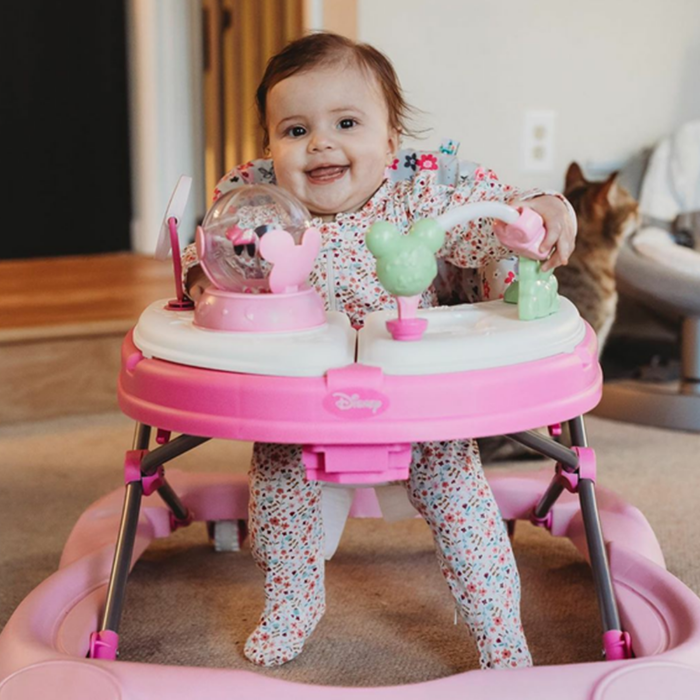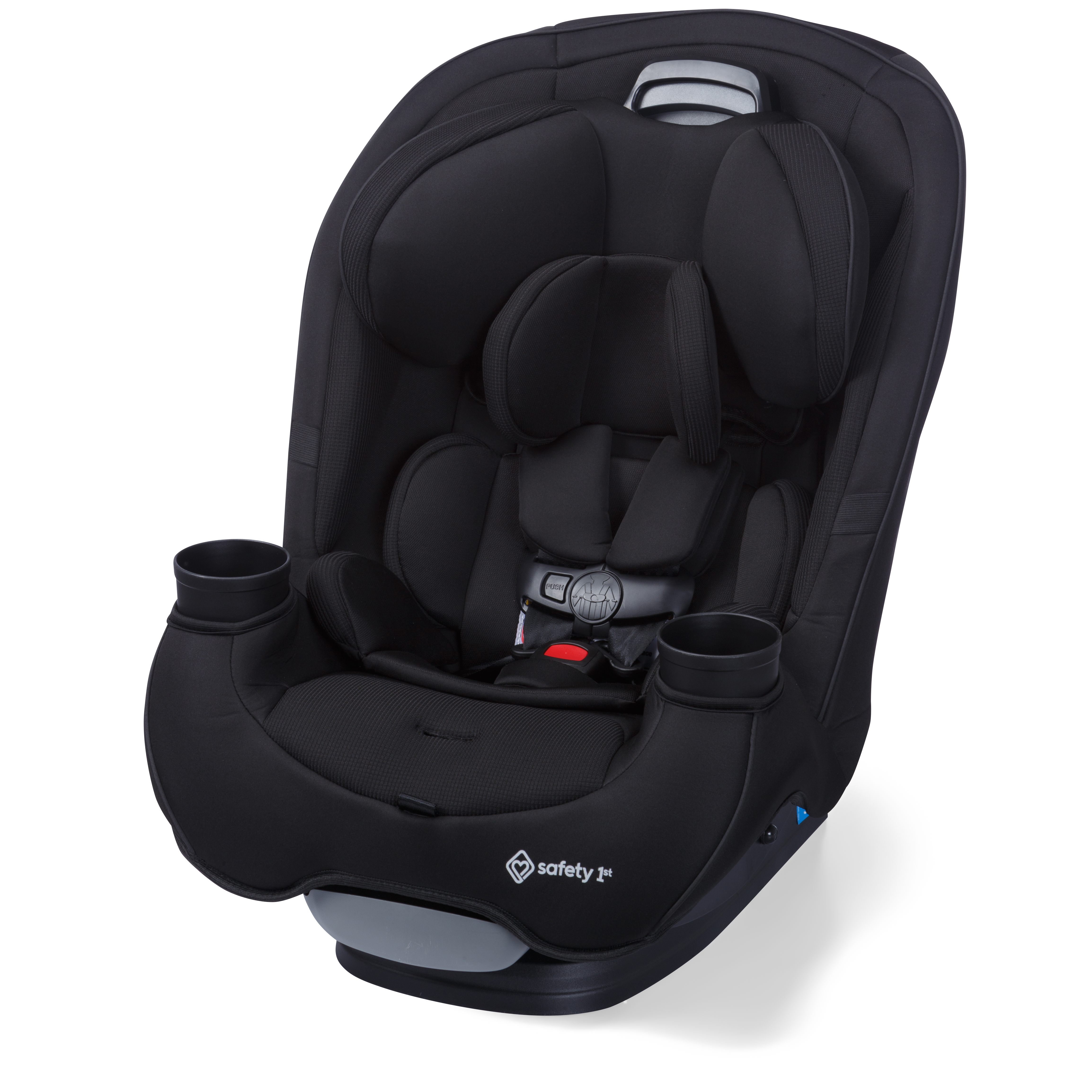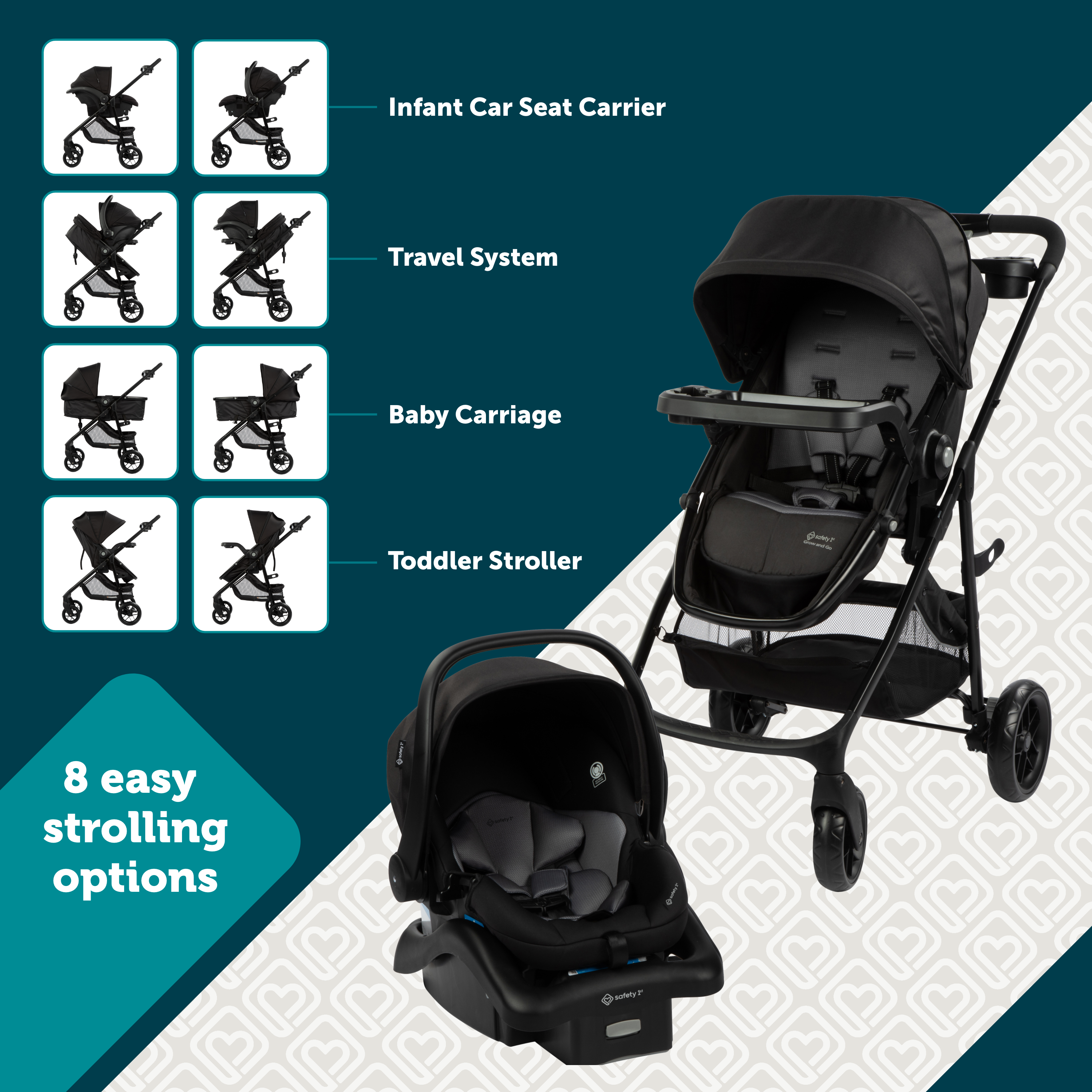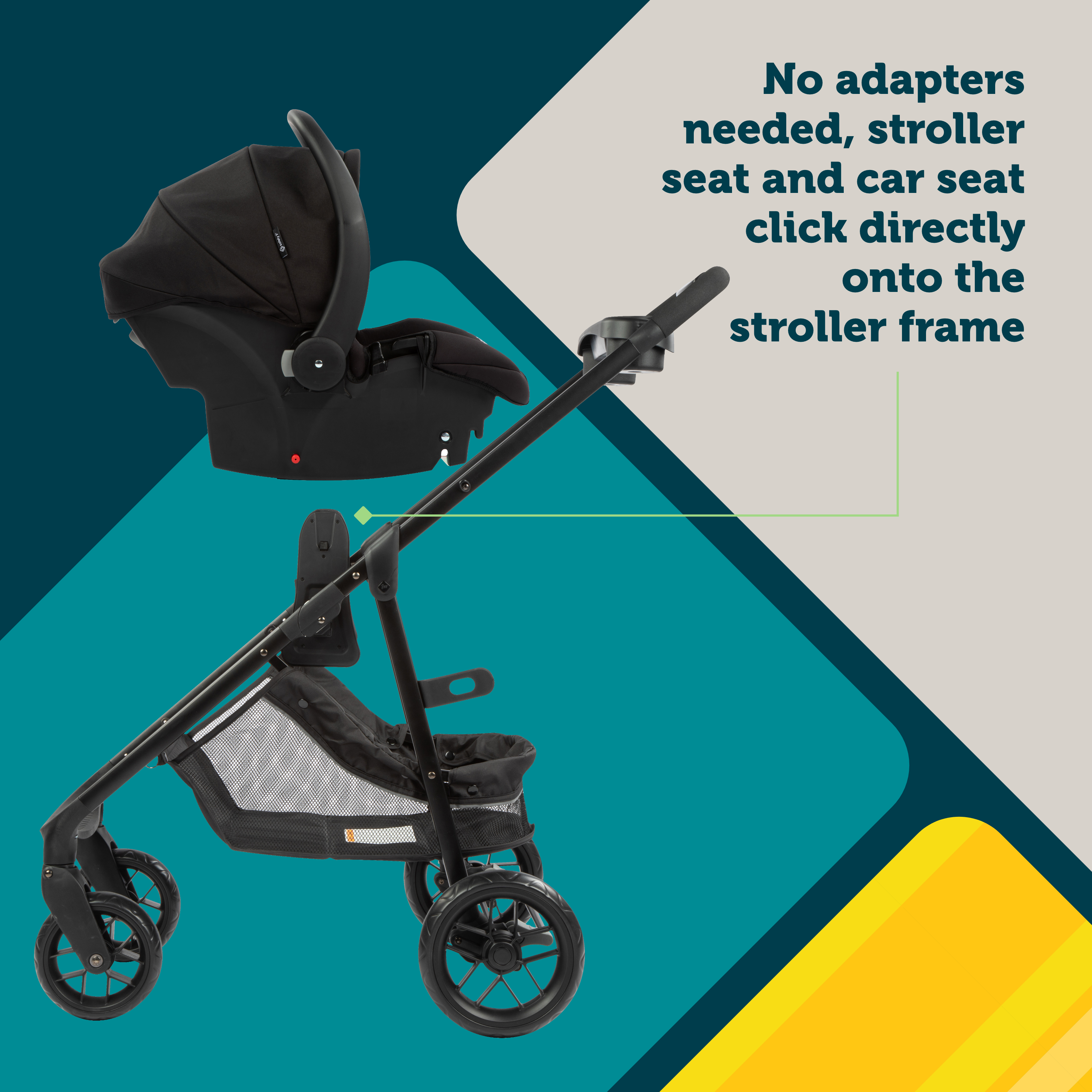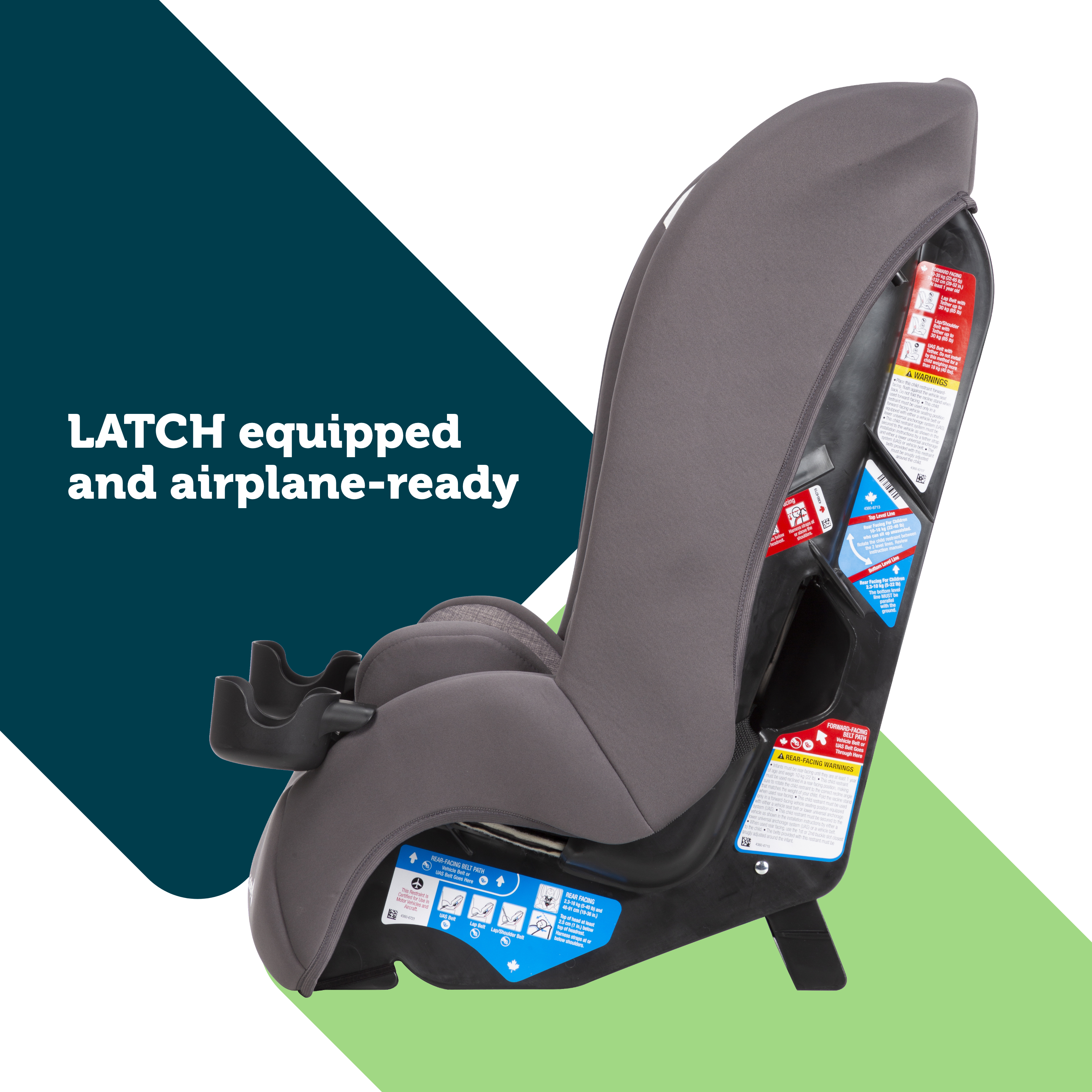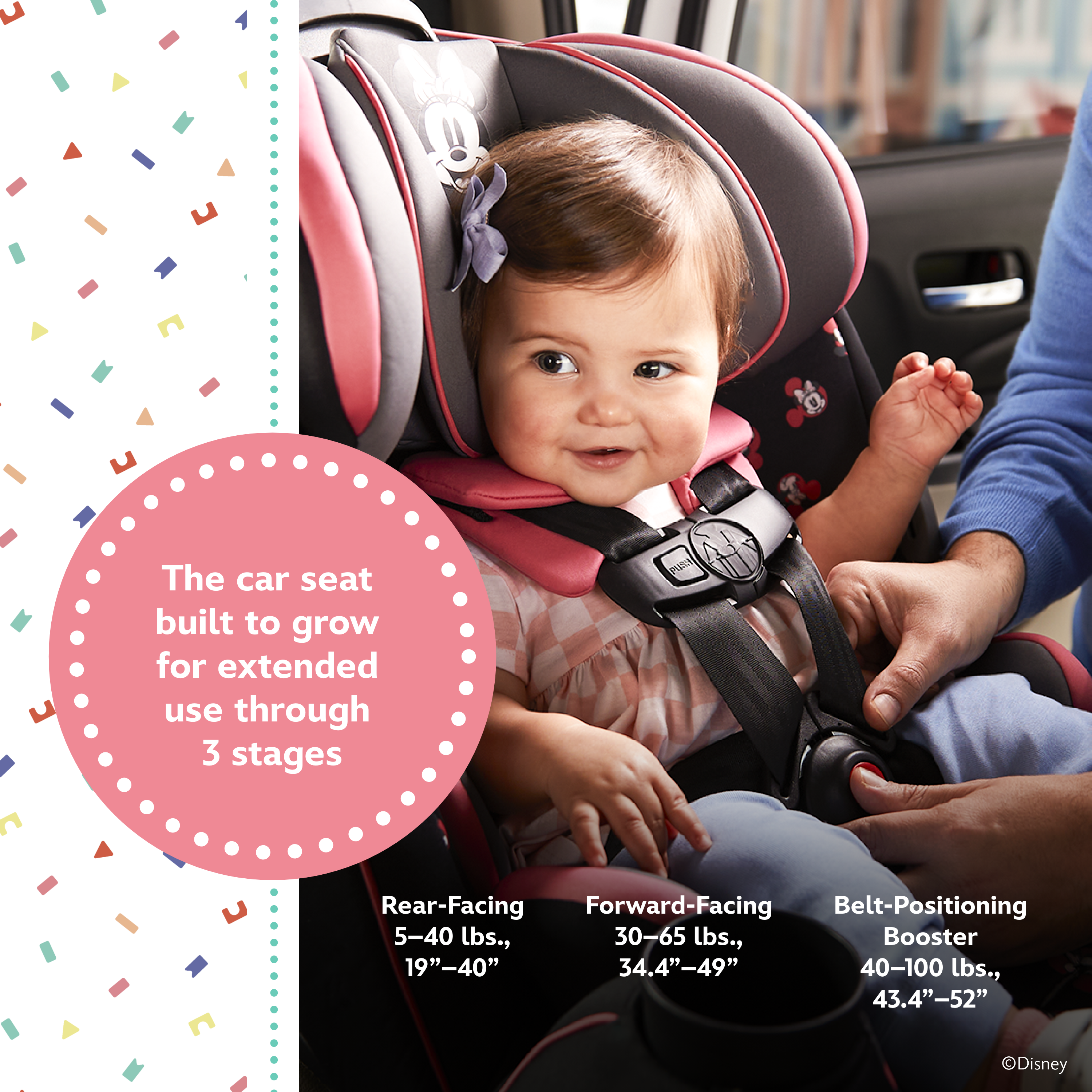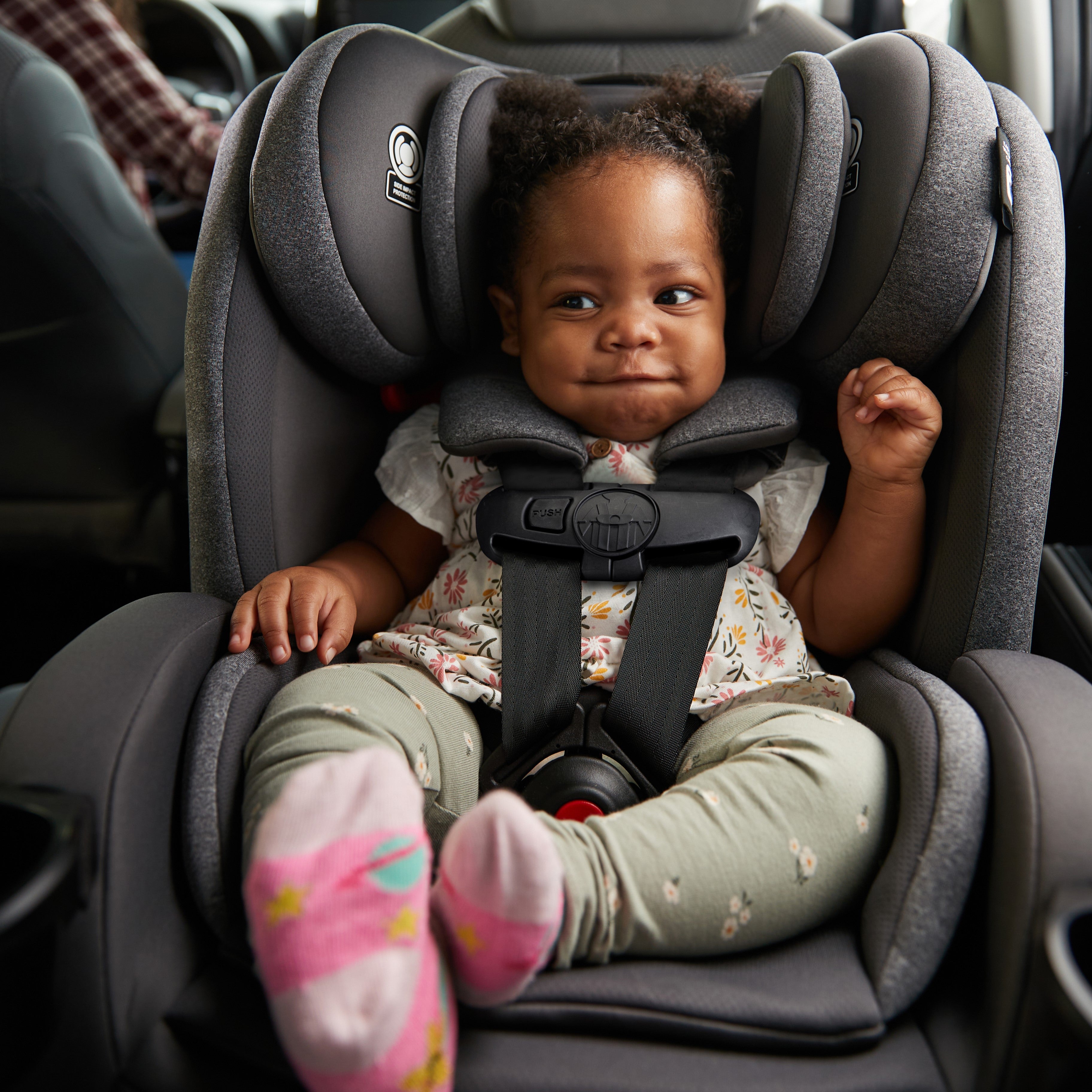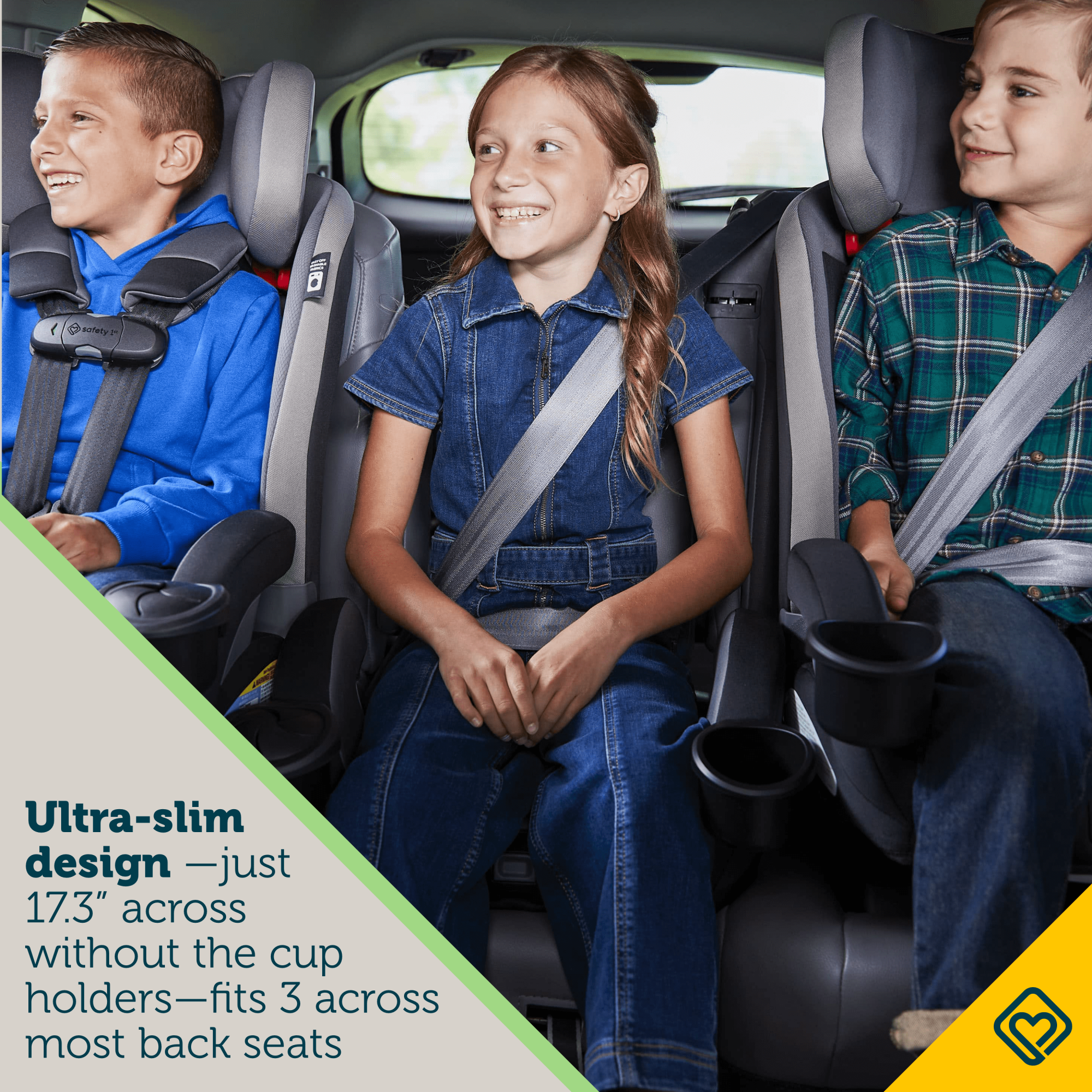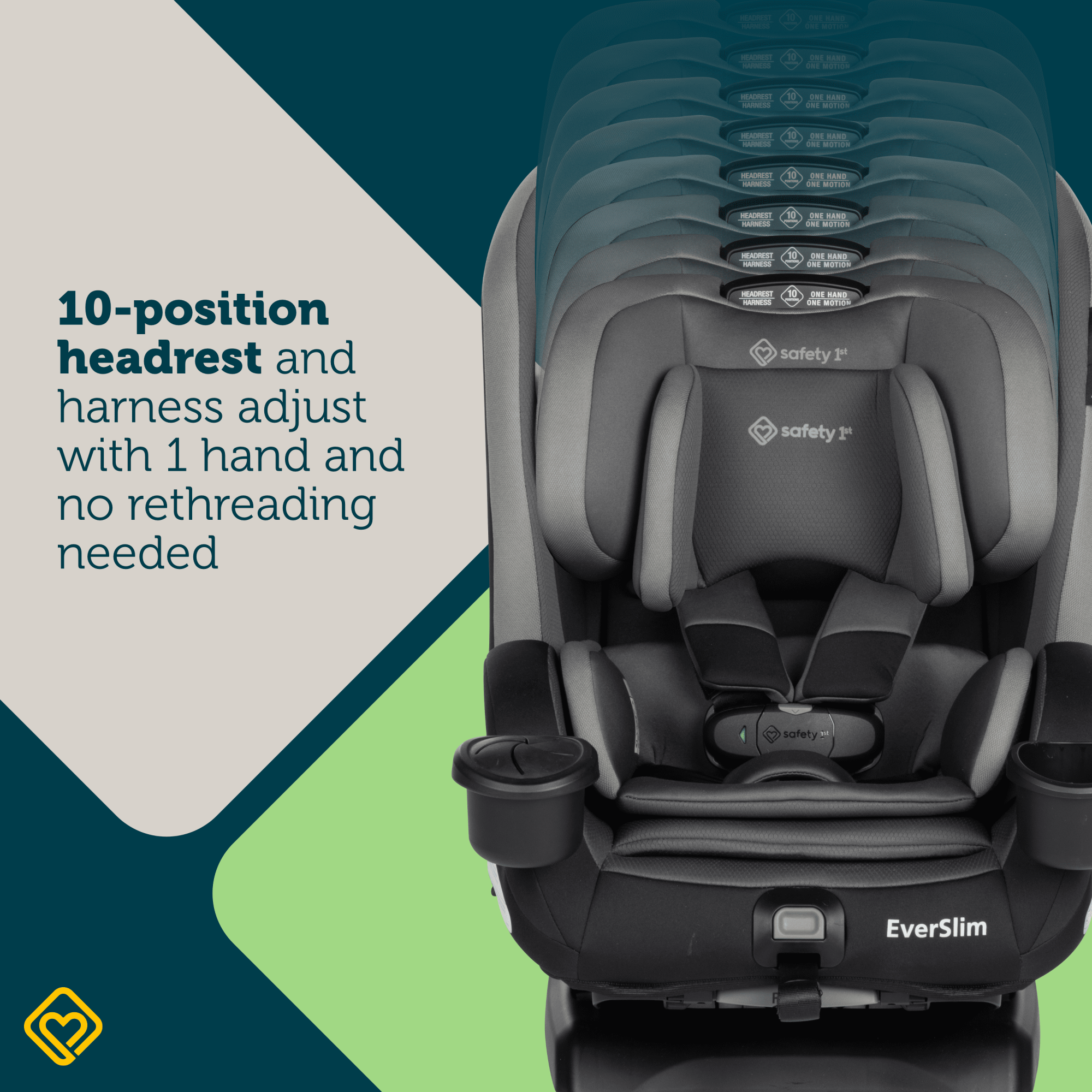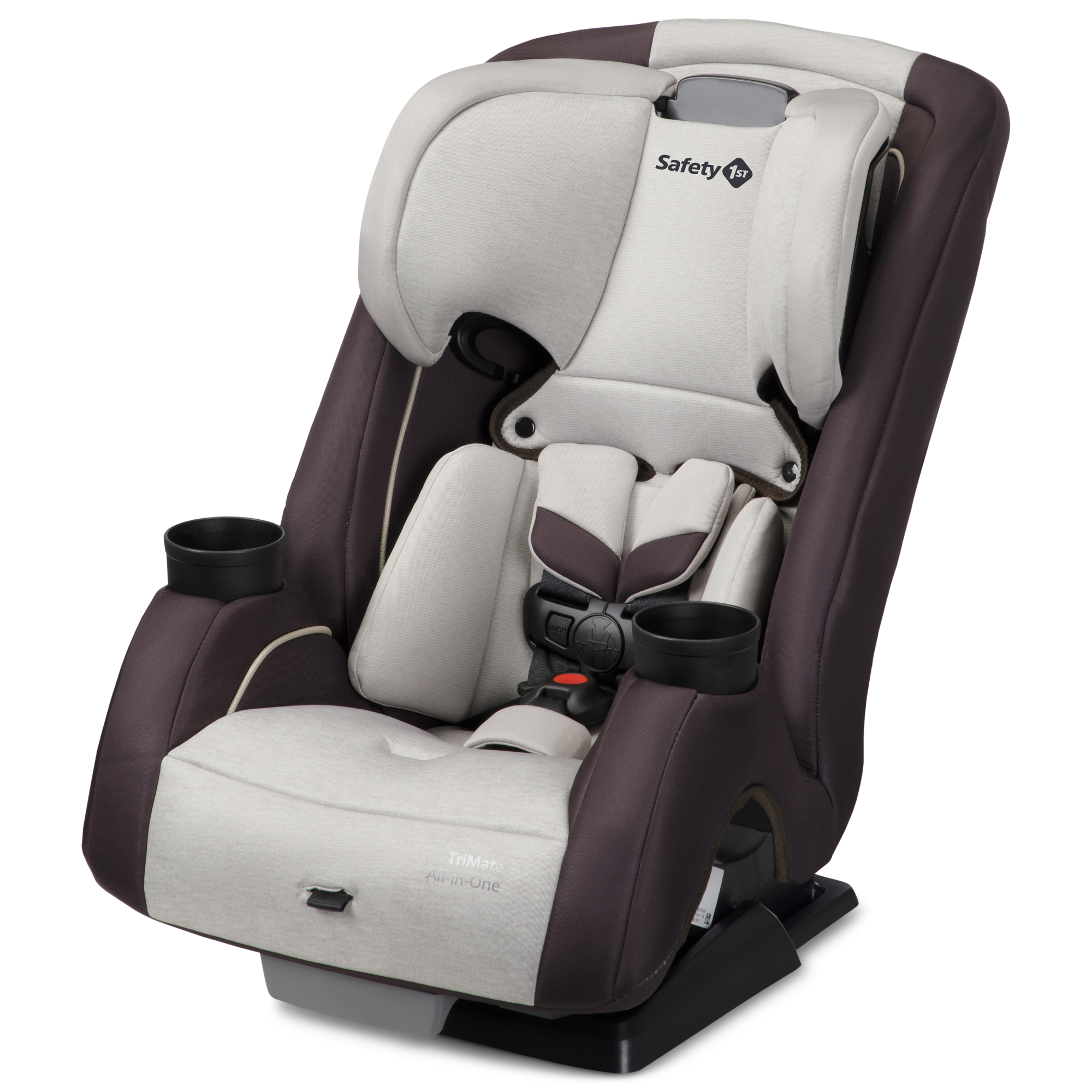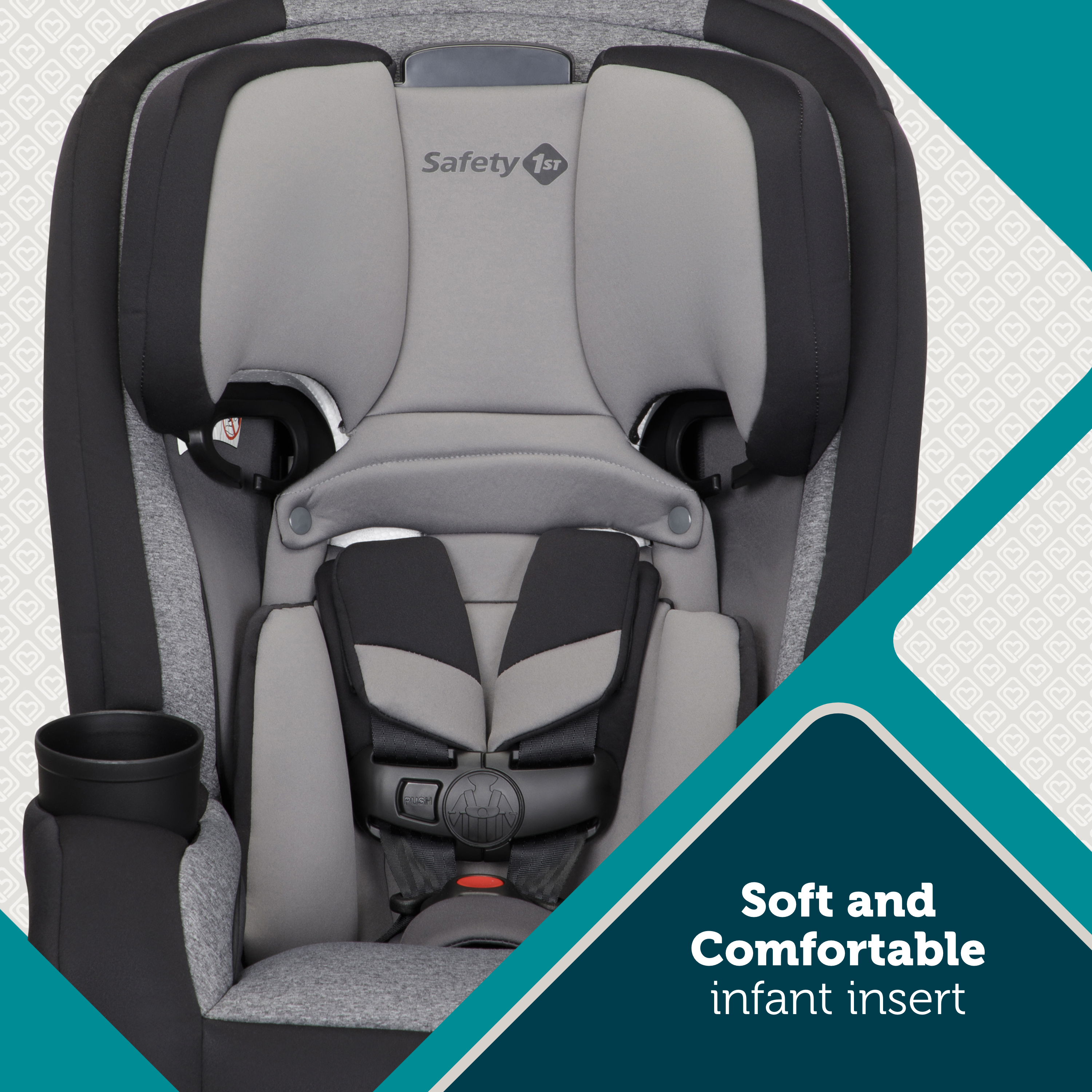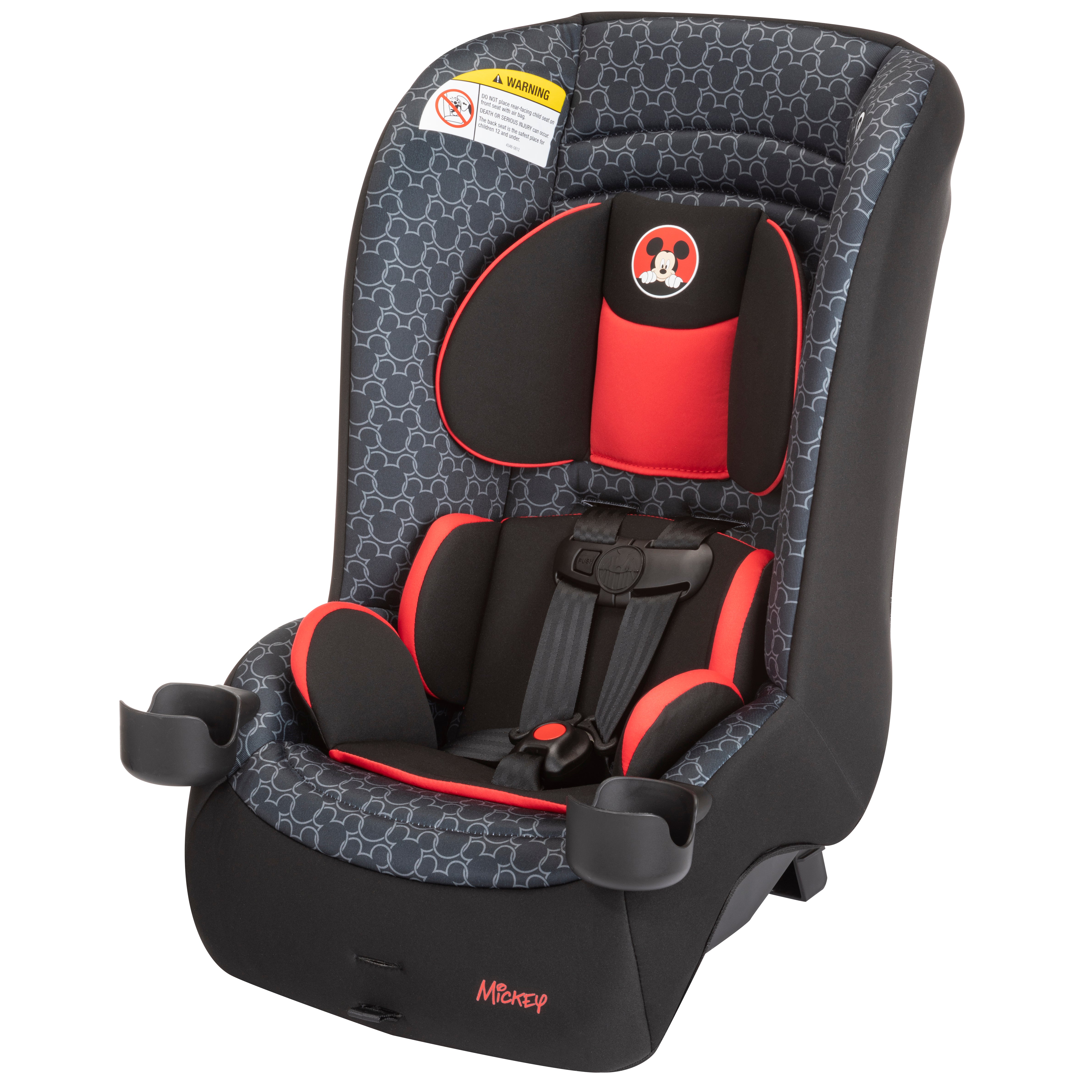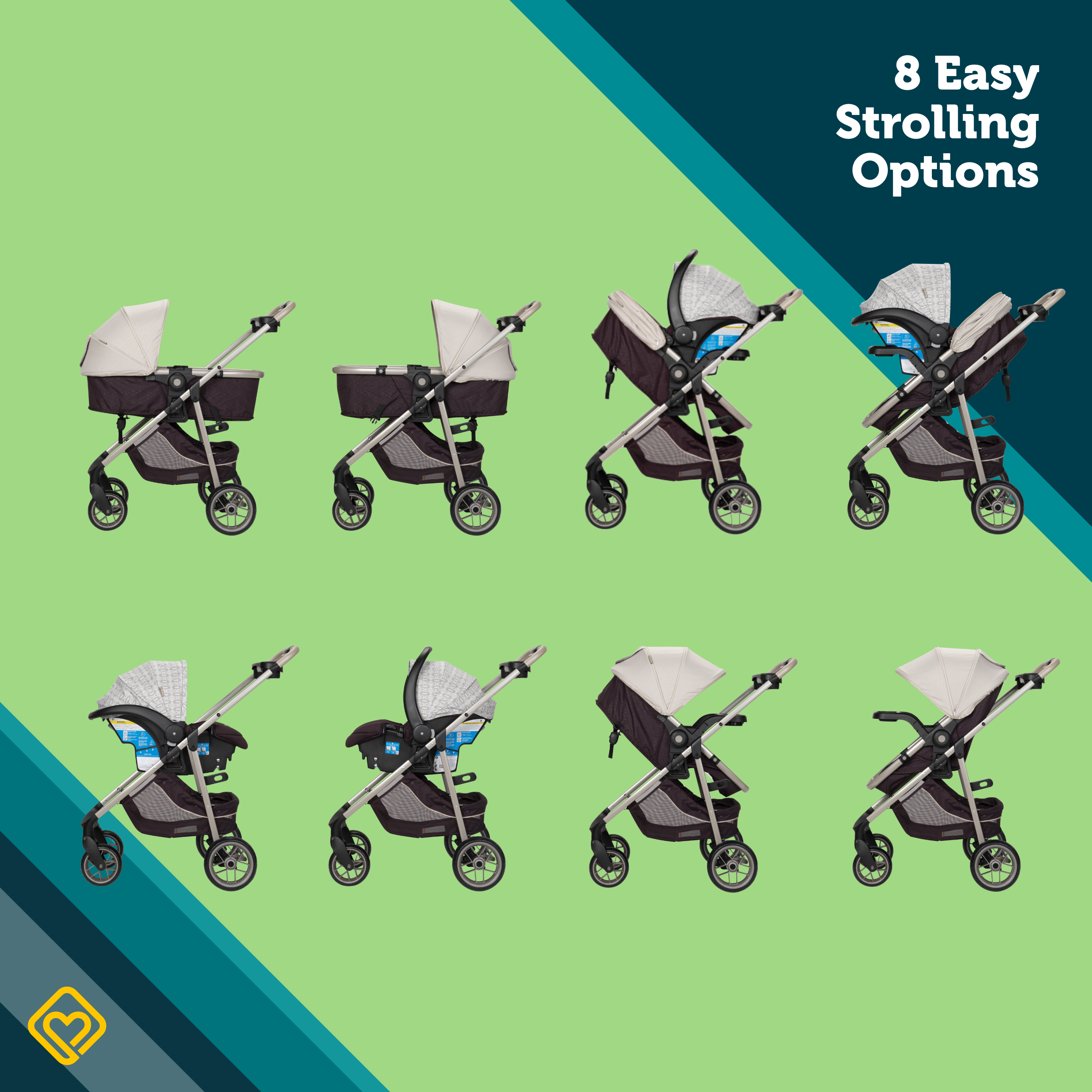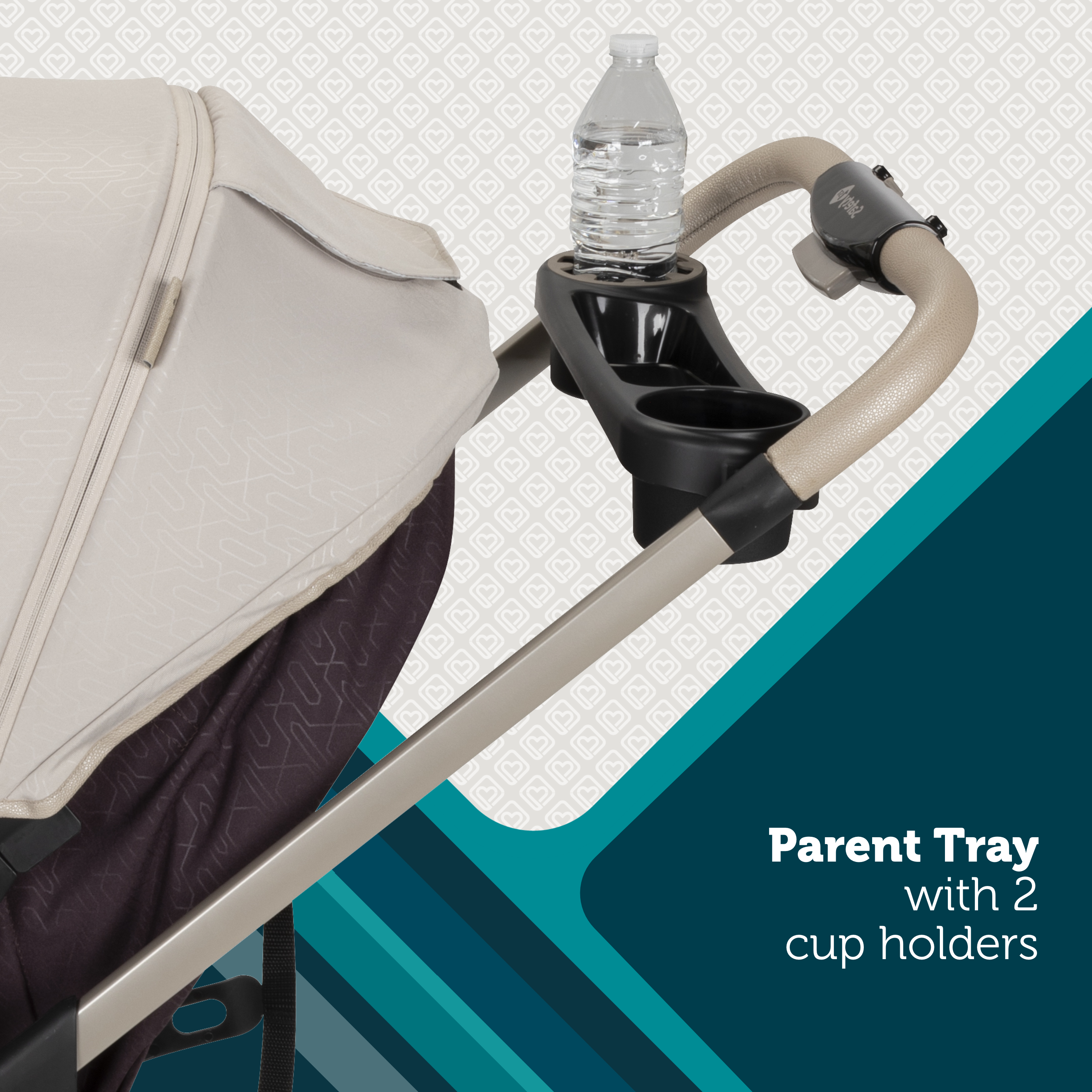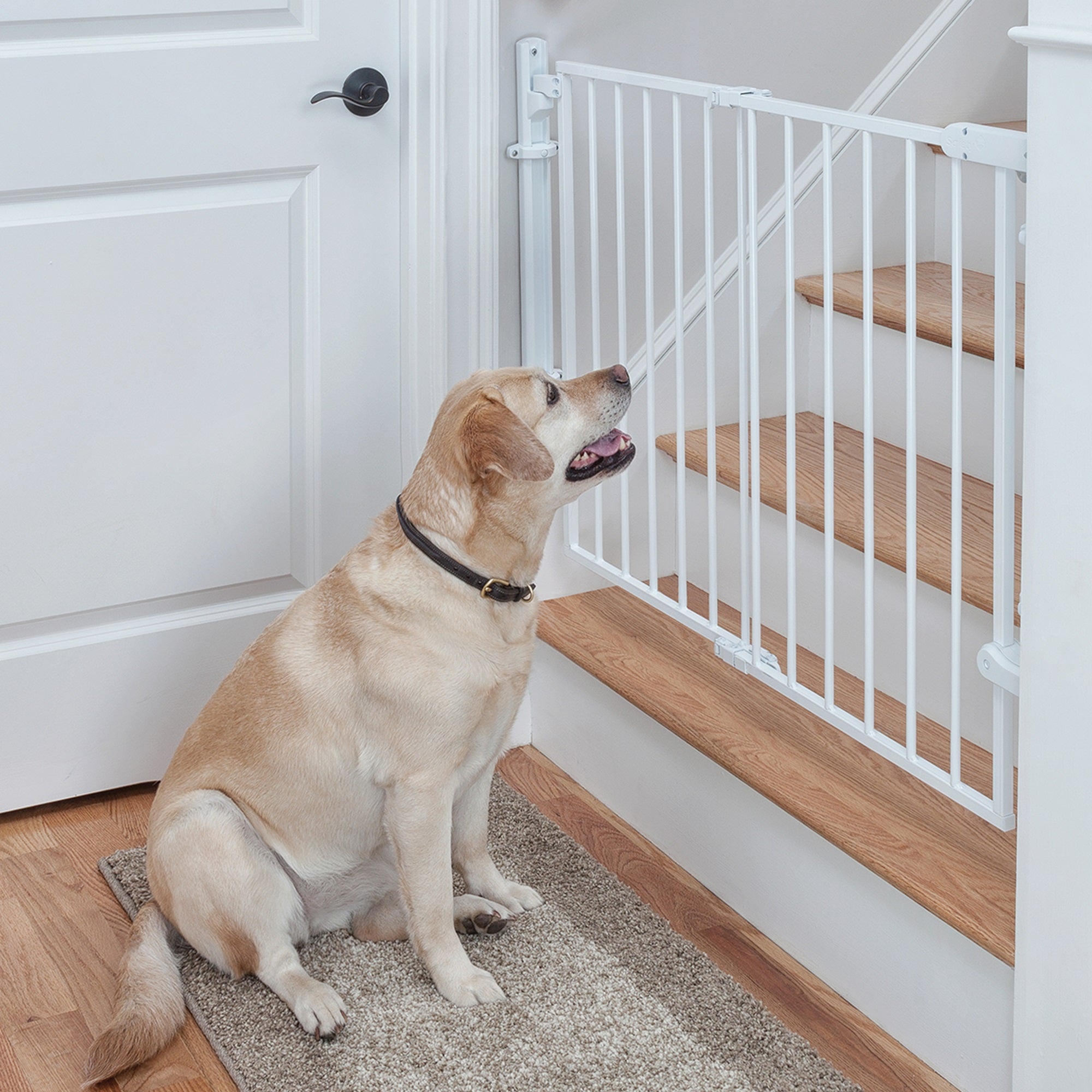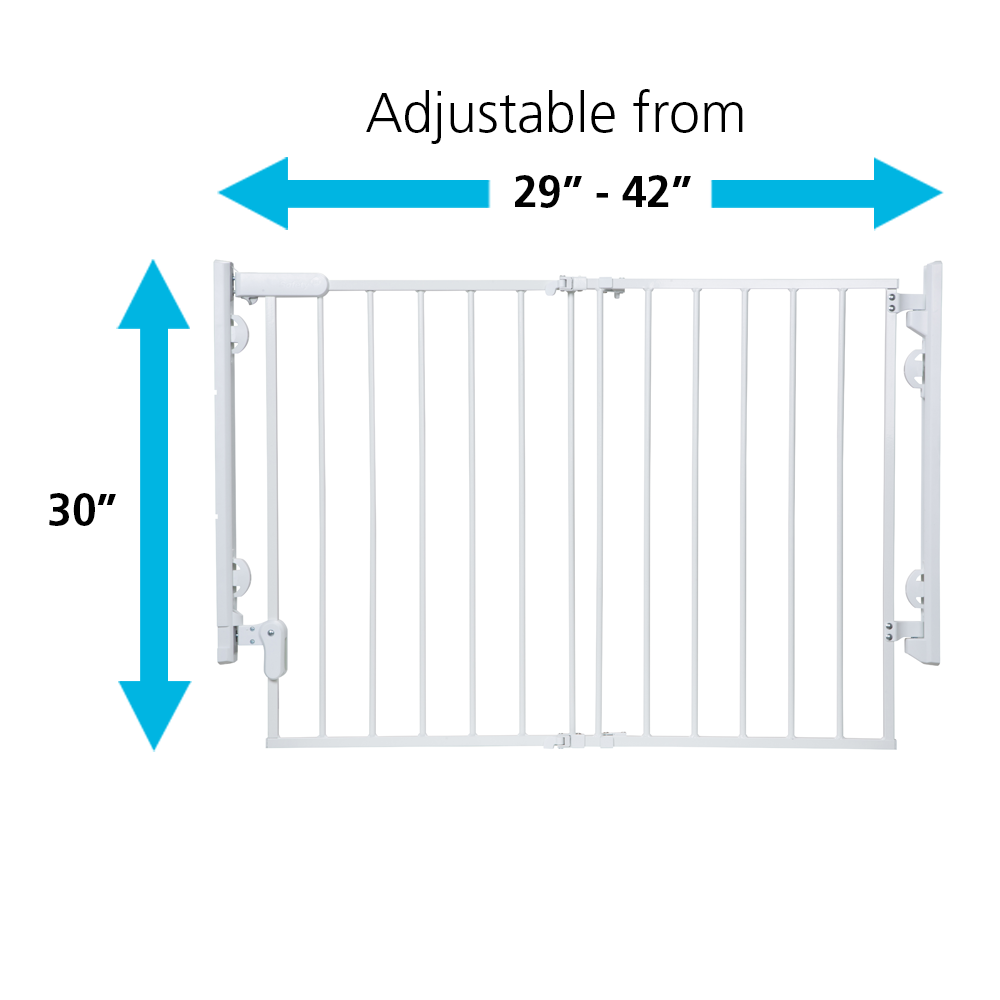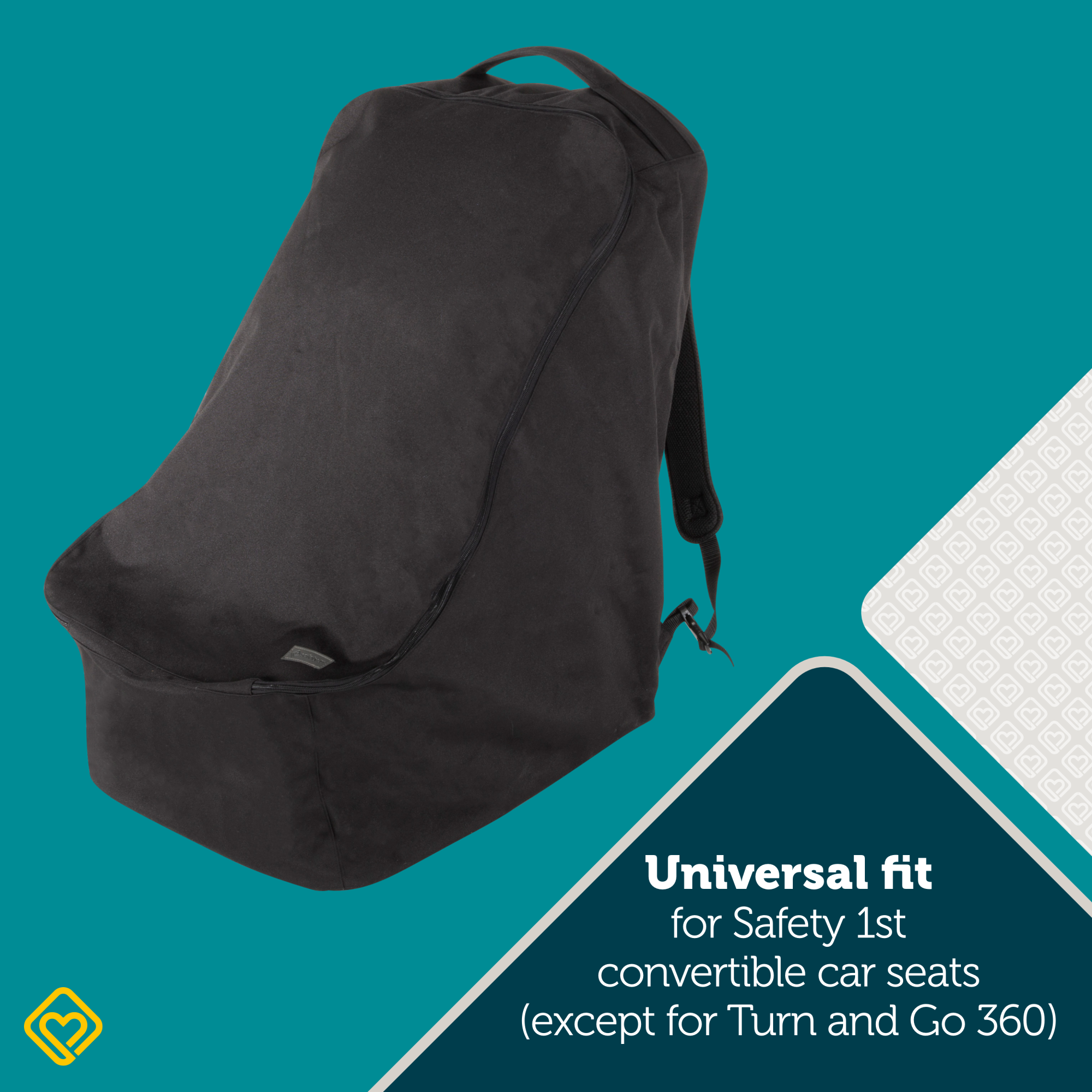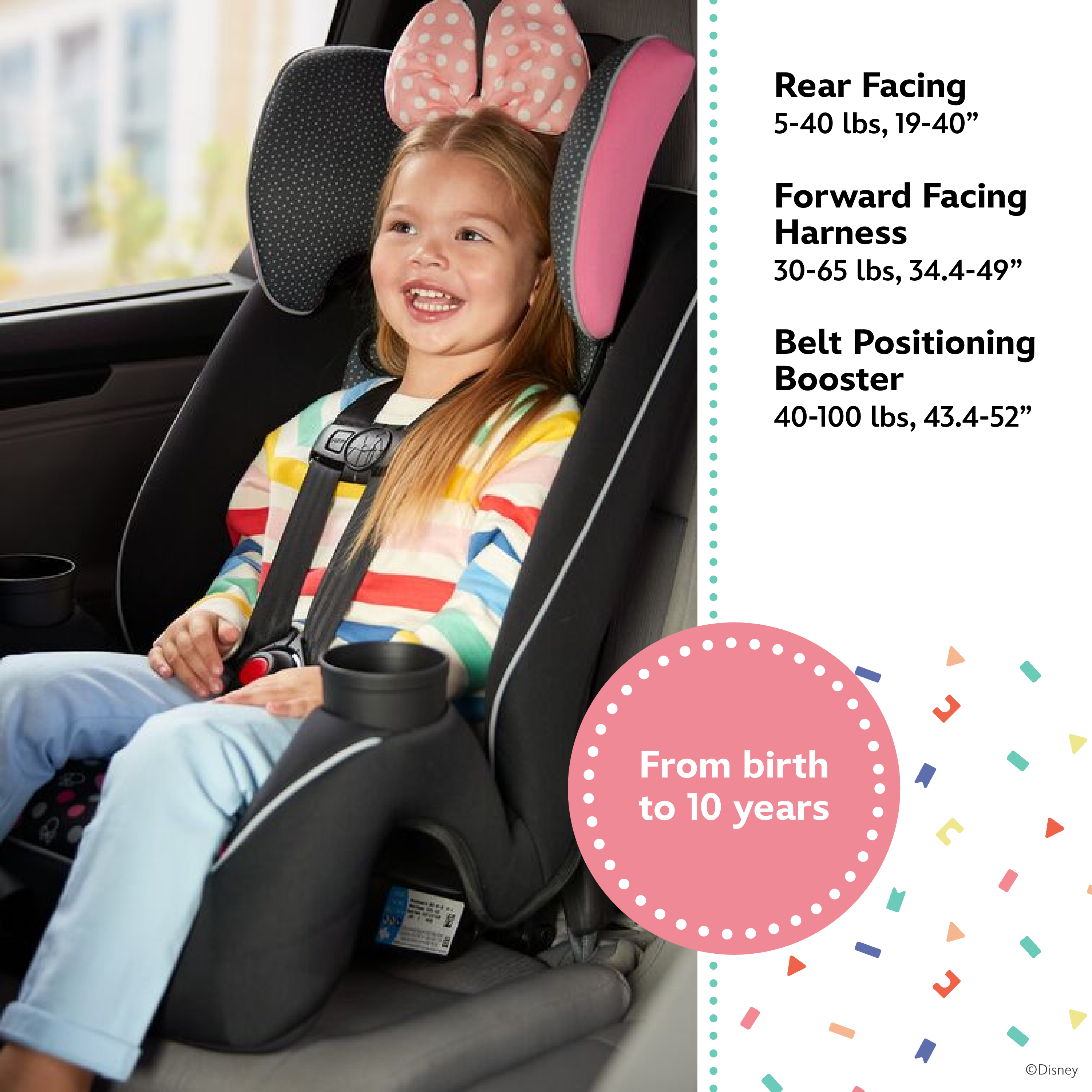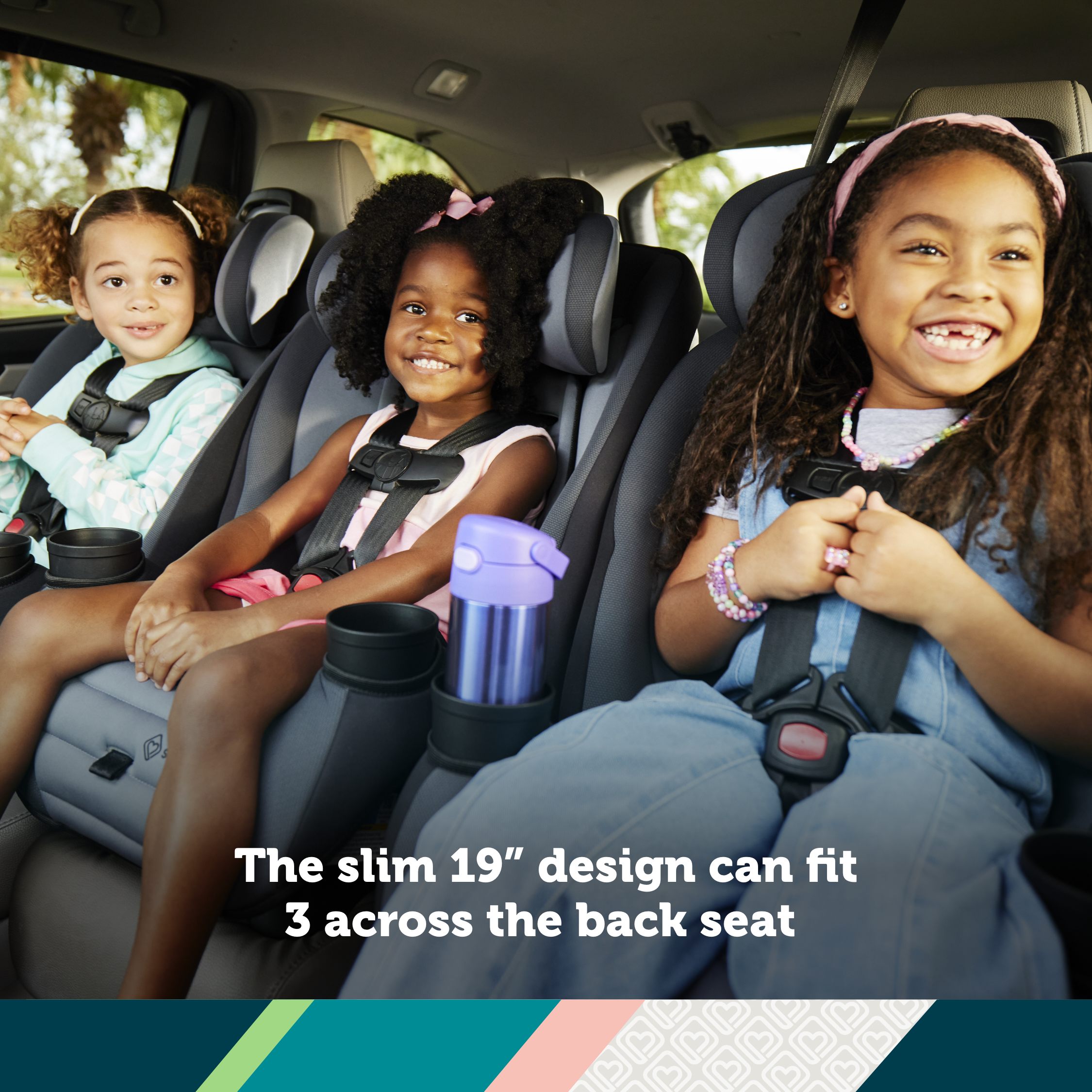If you think your kid has an ear infection every other week (same, honestly), keep reading. It’s common knowledge for even first-time parents to be on the lookout for any tugging on the ear as an early sign of discomfort. But should every tug mean a trip to the pediatrician? That’s where an ear otoscope can come in handy. An otoscope is a tool used to look inside the ear by using a bright light and a magnifying lens. Using an otoscope can tell you whether or not it’s time to call the doctor or another case of mom worry. But how do you even use an otoscope? Below are some simple instructions to follow if you just got your otoscope or are planning on ordering an ear otoscope of your own.
1. Get your child in position.
Depending on your kiddo’s age there are different optimal angles to use the otoscope:
-
Birth to 12 months: Lie your child down, turn their head to the side and pull their ear straight back.
-
Over 1 year: Sit your child upright and gently pull their ear up and back.
2. Insert otoscope in ear.
The design of the Safety 1st Ear Otoscope helps prevent over-insertion, but pay attention to any potential discomfort this causes. If inserting the otoscope causes pain, remove immediately and consult your pediatrician.
3. Light up and look around.
Press the button to turn on the light and look through the viewing lens to see what’s going on in your little one’s ear.
4. Consult the quick reference guide.
Compare what you see in images on the reference guide to what you’re seeing in your child’s ear to see if there’s anything to worry about. The images aren’t necessarily going to be exactly what you’re seeing but will give general symptoms to look out for.

Any other questions? Our top infant health tips and tricks to make your tot’s wellness less complicated are right here.
Summary:
What is an otoscope? An otoscope is a tool used to look inside the ear by using a bright light and a magnifying lens.
What is it used for at home? Using an otoscope can tell you whether or not it’s time to call the doctor or another case of parent worry.
How to use an otoscope? Steps 1-4 above if using a Safety 1st otoscope, and it can help to get an idea of what your child's ear looks like before signs of trouble so you know when something looks off, using the reference guide to compare.








